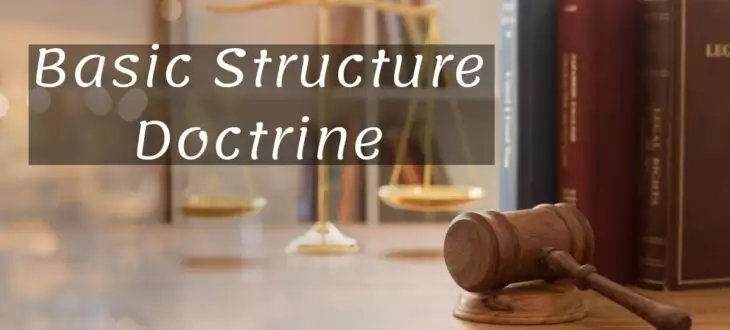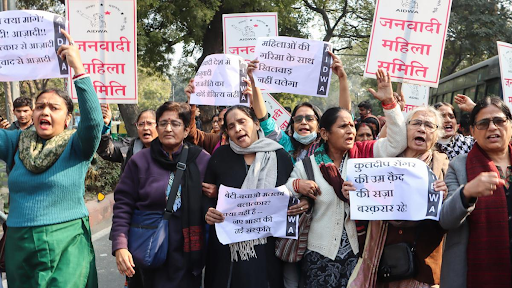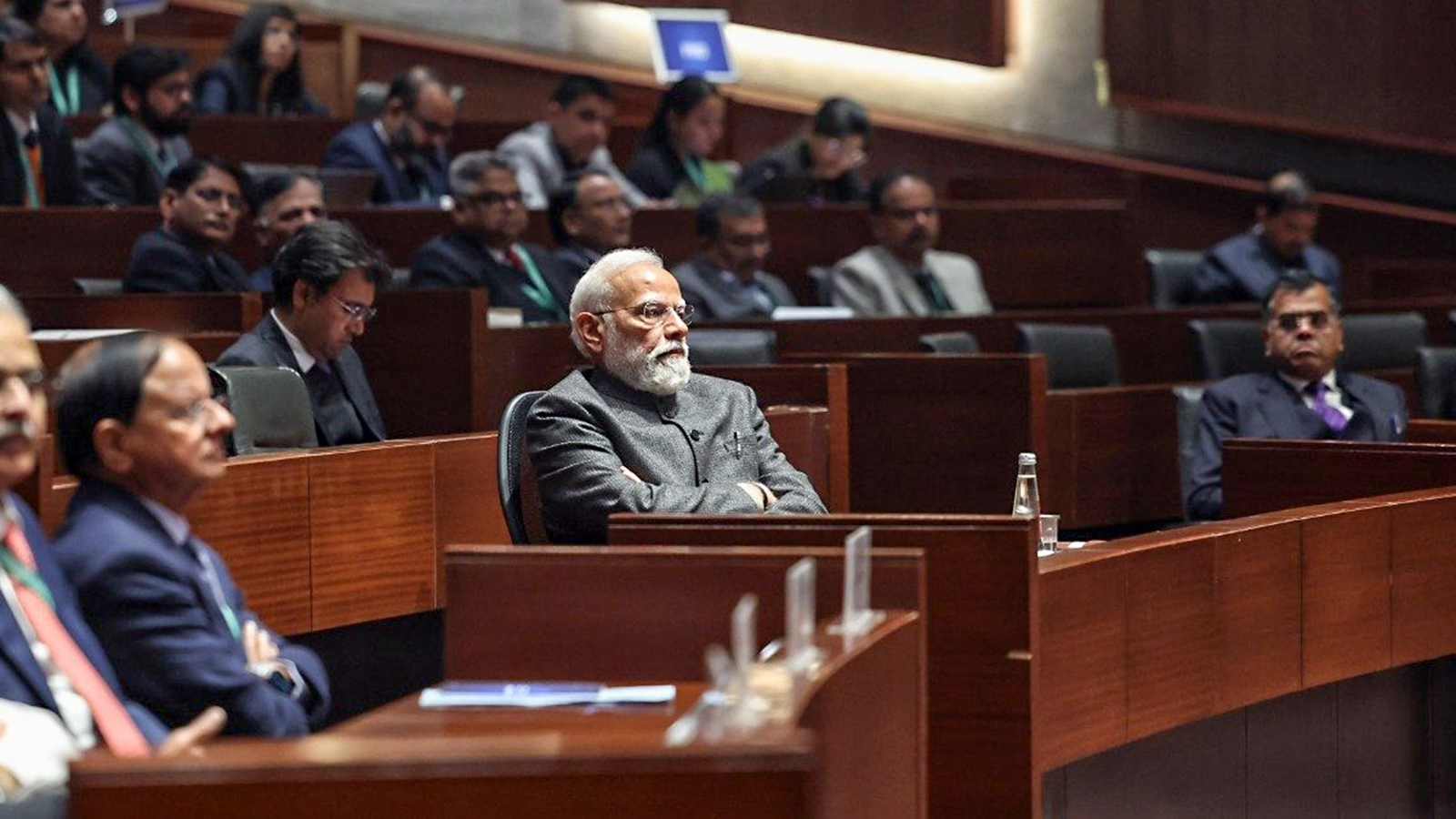Description

Copyright infringement not intended
Picture Courtesy: https://timesofindia.indiatimes.com/readersblog/legal-paradigm/evolution-of-basic-structure-doctrine-in-india-46758/
Context: Harmonious construction ensures laws are interpreted consistently, avoiding conflicts and effectively giving meaning to each provision.
Details
- The Doctrine of Harmonious Construction is a fundamental principle used in statutory interpretation to resolve inconsistencies or conflicts within legislative enactments or between different provisions of the same statute.
- Its purpose is to ensure that all provisions of the law are given effect in a coherent and unified manner, avoiding redundancy or nullification of any part of the legislation.
Origin of the Doctrine
- The Doctrine of Harmonious Construction finds its roots in constitutional interpretation and statutory construction.
- It was first applied in the Indian context in the case of Shankari Prasad v/s Union of India (1951). This case involved a conflict between Fundamental Rights and Directive Principles of State Policy (DPSP). The court used the doctrine to harmonise these two aspects of the Indian Constitution, emphasising that they serve the same public good and should be interpreted in a way that preserves their mutual coexistence.
Principles of Harmonious Construction
The Supreme Court of India, in Commissioner of Income Tax v/s Hindustan Bulk Carrier (2003), laid down specific principles guiding the application of harmonious construction:
- Avoidance of Clash: Courts should interpret provisions to avoid direct conflicts or contradictions. The aim is to harmoniously accommodate different provisions.
- Preservation of Effectiveness: Interpretation should ensure that no provision is displayed as redundant or meaningless. Each provision should have a distinct role and effect.
- No Nullification: The interpretation should not nullify any provision. Even if provisions seem conflicting, efforts should be made to give effect to both wherever possible.
- Preservation of Intent: The legislative intent behind each provision must be respected. The courts should aim to achieve the overall purpose of the legislation.
- Maximum Force to Provisions: Both conflicting provisions should be given maximum force and effect. The goal is to reduce inconsistency while upholding the integrity of the statute.
Applicability of the Doctrine
The courts have outlined practical measures for applying the Doctrine of Harmonious Construction:
- Broad Interpretation: Where provisions conflict, choose an interpretation that allows for the broadest application of both.
- Holistic Approach: Consider the entire statute as a whole. Harmonise conflicting provisions by interpreting them in context.
- Balancing of Clauses: If clauses appear contradictory, strike a balance by giving effect to both in a meaningful way.
- Understanding Legislative Intent: Courts should understand the legislative intent behind conflicting provisions to guide interpretation.
- Non-obstante Clause: When one provision expressly overrides another, the non-obstante clause takes precedence.
|
Landmark Case reinforced the application of harmonious construction in Indian jurisprudence
●Re Kerala Education Bill (1951): Emphasised the need to harmonise Fundamental Rights with Directive Principles, giving effect to both where possible.
●East India Hotels Ltd. v/s Union of India (2001): Advocated for reading statutes as a whole, harmonising provisions to achieve legislative intent.
|
Conclusion
- The Doctrine of Harmonious Construction ensures that statutes are interpreted in a manner that respects their coherence and consistency, promoting fairness and justice in legal interpretation. It facilitates the effective implementation of laws while upholding the principles of constitutionalism and the rule of law.
Must Read Articles:
Important Doctrines of Constitutional Interpretation
Source:
Livelaw
Legalserviceindia
|
PRACTICE QUESTION
Q. Which of the following statements is MOST accurate about the Doctrine of Harmonious Construction?
A) It allows courts to completely disregard provisions of a law if they create conflict.
B) It requires courts to interpret different legal provisions in a way that creates conflict.
C) It prioritises the literal meaning of a law, even if it leads to inconsistencies.
D) It aims to interpret the provisions of law in a way that avoids contradictions and promotes a unified legal framework.
Answer: D
|











